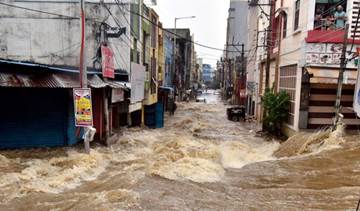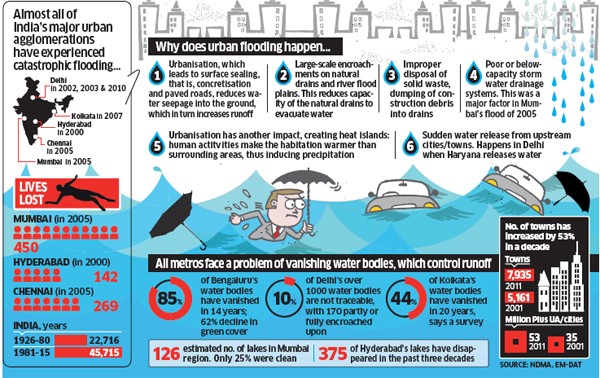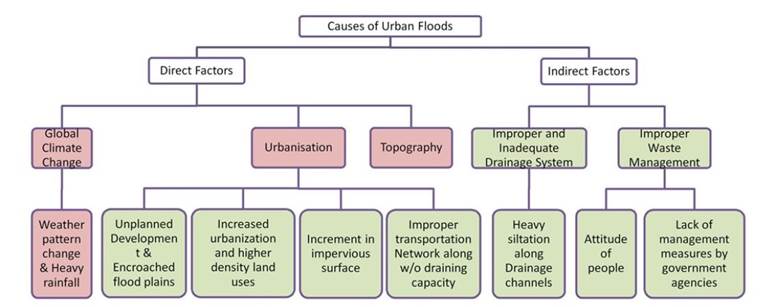Free Courses Sale ends Soon, Get It Now


Free Courses Sale ends Soon, Get It Now



Disclaimer: Copyright infringement not intended.
Context
Background:

About Urban Flooding:
Urban Flood Risk in India:
Impacts:
Urban flooding has wide ranging impacts:

NDMA guidelines on urban flooding:
Case studies:
Mumbai:
Gurugram:
Way forward:
© 2024 iasgyan. All right reserved